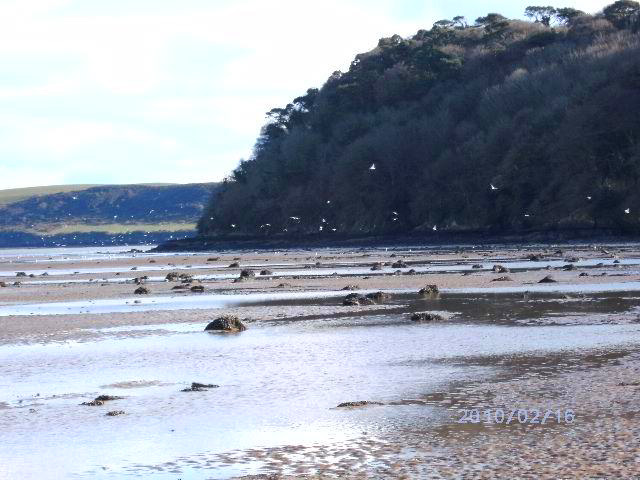 '
'Information Page.
King rag - the answer!
In The Early 1980’s when I was writing the book “Operation Sea Angler” I mentioned the seasonal importance of different baits. One of the more obvious examples was the seasonal breeding of king ragworm. As I said -
“The king ragworm, another good big hookful and a very popular bait, has been studied on the aptly named Black Middens, a large area of mudflats near the mouth of the River Tyne in Northumberland (now Tyne and Wear). The king rag lives on mudflats, often close to and under large stones”.
“King ragworm are dug for use and for sale as bait. The extent to which bait diggers remove large worms on the Black Middens is as high as 75-80 per cent. It takes about a month for a dug out patch to repopulate from surrounding areas. Spawning of king rag takes place in May and large numbers of tiny worms appear on the flats in July and August, having either grown and developed on the shore or migrated from below the tide marks. The worms then live and grow in the mud for two or three years”.
“Female worms remain in their winding burrows to spawn, releasing their eggs into the overlying water. In contrast the male worms turn deep green, develop extra large swimming paddles at spawning time and release their sperm while swarming in the water above the burrows. At this time (in late spring) they will be readily caught and eaten by fish. The male worms swim in a curious manner with the front part of the body. held out stiffly and the back end wriggling, rather like some of the modern, soft plastic, `sand eel' lures. Some anglers will not use green breeding ragworms for bait because they are thought not to be attractive to fish. We cannot comment on this statement but would be interested in any evidence that breeding worms are distasteful to fish”.
Now, almost thirty years later, I have had a number of emails from Alan O’Neil over in the Emerald Isle that throw new light on the matter.
Alan began -
Dear Mike,
There is a beach near me that I fish. I catch up to twenty fish every session using breeding rag. I have tried using red rag worm against the green breeding rag, the green is by far the better bait.
Regards,
Alan
I replied -
Hi Alan,
Thanks for the email. That's fascinating stuff. Are they king rag? I presume, if they are, that you can only get the green worms in March-May or thereabouts? Do you think it is possible that the fish are 'switched on' to the green, swimming worms and just ignore the others? I've never heard of it before but it would be nice to know more about it. What sort of fish are you catching on them?
Cheers,
Mike
He responded -
Hi Mike.
If you could make it over here in late Feb-early March I'd love to show you. I dug rag at a neighbouring beach to see how I'd get on? The green rag (king rag) were a serious bait. We tried red rag, lug and even mussels but nothing came near to the swimming green rag! I fished spring and neap tides and caught a lot of spent flounder. When there was clarity in the water it would be bass, flounder, dark small whiting and codling. When the tide is low the gulls feed on the worms like mad. I forgot to mention green rag would account for 80% of my catch and the fishing itself is crazy. I often wonder whether the fish are waiting out in inches of water to get in quick before the gulls have taken everything.
If I can help you in any way Mike drop me a line.
Alan
Early this year Alan wrote again –
Hi Mike.
This year I shall record an account of my bass fishing. I have always been a bait fisherman but I also used to fly fish lakes and rivers and now have begun to fly fish salt water. This year I will be fishing a number of marks and I’ll put in as much info as I can as well as taking some photos. As you will realise I'm a little early to cover the spot I told you about about. When I get there you will be the first to know. I should be able to show you show you the gulls, the swimming rag and to give you some catch reports.
Mike there is a massive mussel bed (a favourite spot for king rag) maybe four miles away and I have seen no signs of any spawning rag yet. Having said that it is deep water around this bed so I will keep a closer eye on it for you.
Alan O'Neill.
Again I replied -
Hi Alan,
It really is interesting about the green ragworms. If it's OK with you I'll put a short piece on the blog and see if anyone else has noticed the same thing. It must happen all over the place you would think? I don't suppose you've got any digital pictures of the worms etc.? Cheers and thanks for the invitation to join you. If I ever find the time to come over I'll be in touch. I'd love to see it. Much appreciated.
I look forward to seeing one or two pictures of your 'ragworm' fishing, and the fish you catch on them.
Cheers,
Mike
Sure enough Alan was as good as his word -
Hi Mike.
Here are a couple of pics. These include the gulls feeding on the rag, the rag spawning and a quick look at the results of using these for bait. Fishing is very poor this time of year but we still managed to get up to twenty fish and four species in a short time fishing. Last year, late March and April brought in the spent flat fish and as I have mentioned before, the spawning rag is much the superior bait. My catch nowadays is mostly put back but I brought home one flat to show you the stomach content. I hope this is some help to you Mike. If you would like more photos on this just let me know and I will do the best I can!
Alan O'Neill.
Obviously I had to edit some aspects of Alan’s emails (we discussed several other topics) but in essence it answers my question of almost thirty years ago. Fish not only eat spawning green ragworm but they seem to actually have a search image for them and to prefer them. The timing of ragworm spawning will no doubt vary from place to place and other species of ragworm may also give scope for good catches but this sort of stuff is gold dust to anglers. I look forward to continuing my correspondence with Ireland, just one of the benefits of the internet – we anglers live in amazing times.
If you have any comments or questions about fish, methods, tactics or 'what have you.'get in touch with me by sending an E-MAIL to - docladle@hotmail.com
Keep your eyes peeled.
 '
'Spawning.
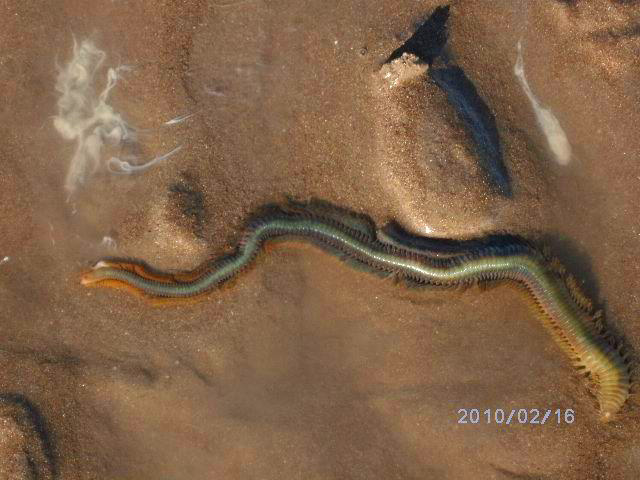 '
'Spent flounder.
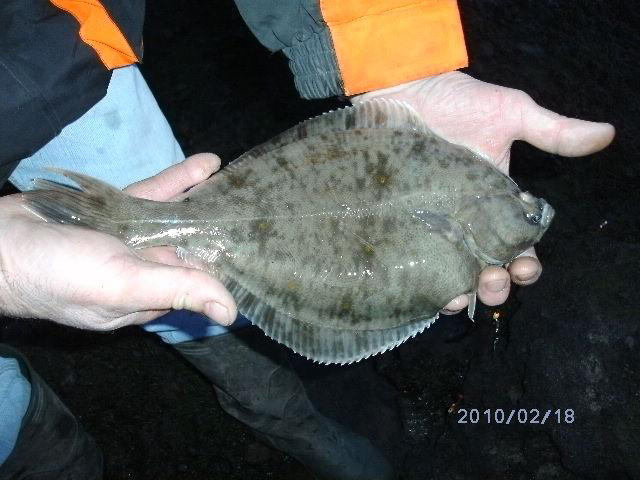 '
'Schoolie.
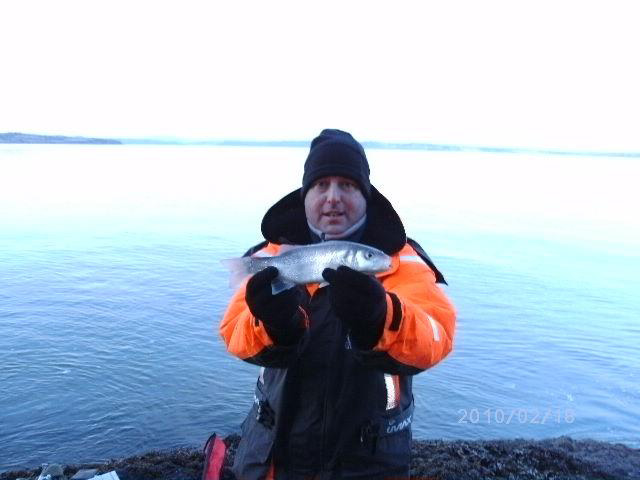 '
'Whiting.
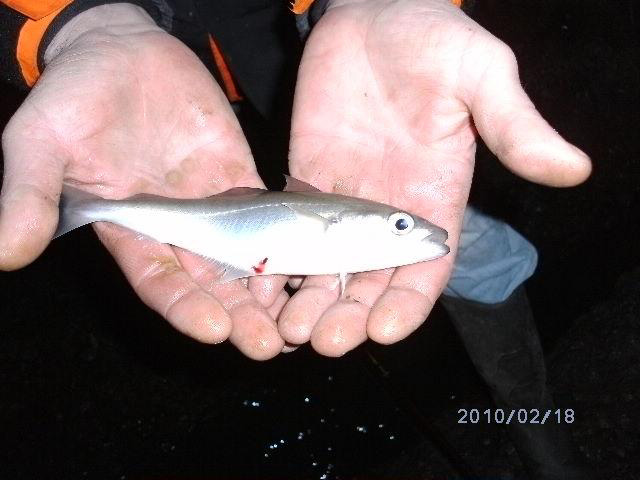 '
'Gut content.
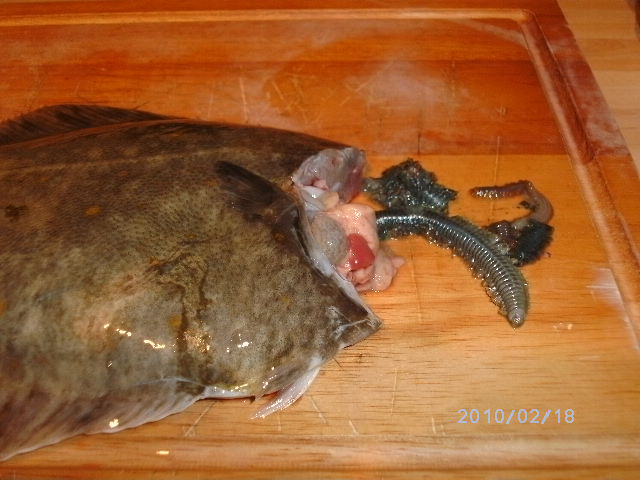 '
'